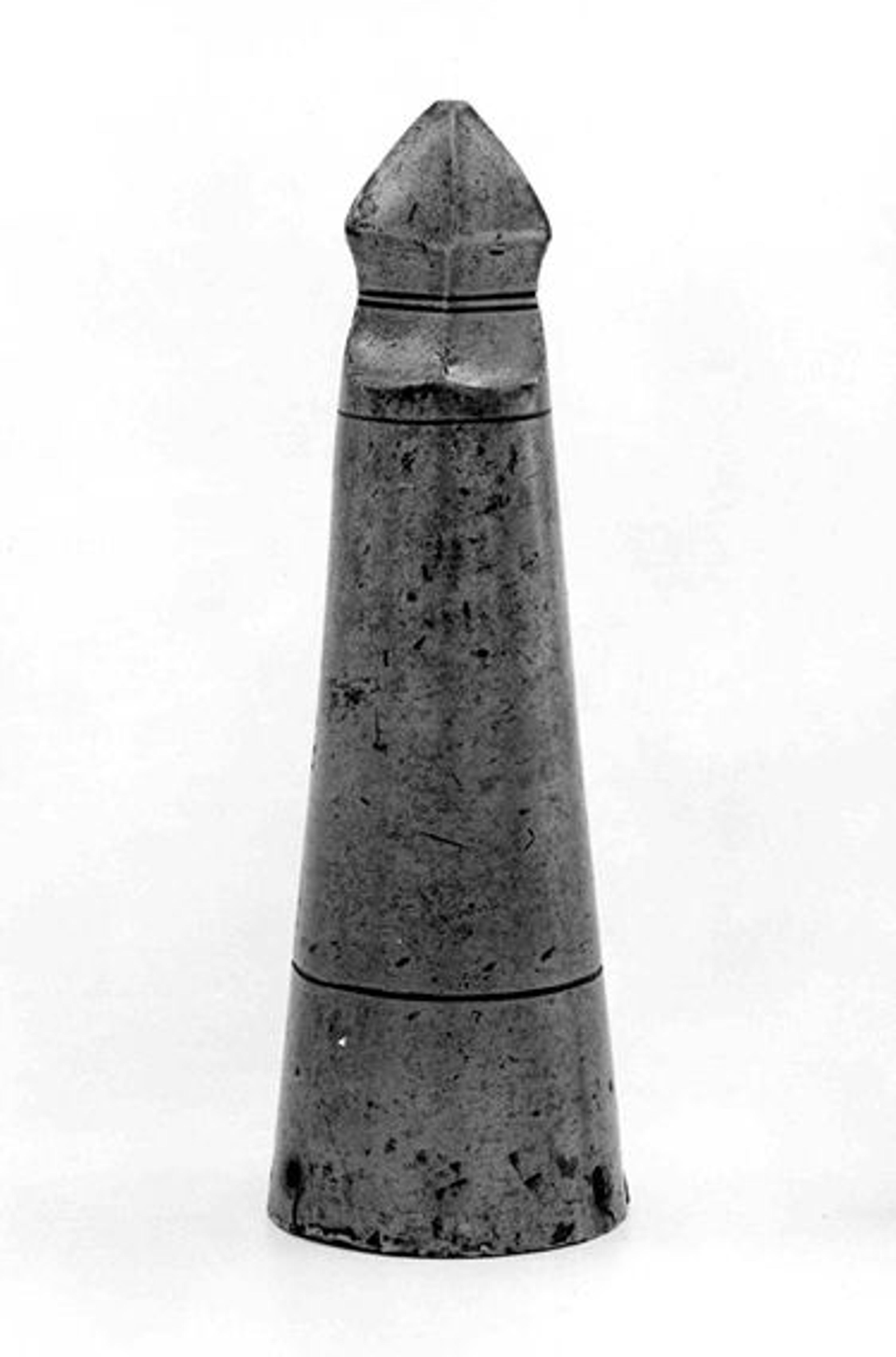Armored knights, armored emperors . . . how about armored horses? There was no soccer or basketball in medieval Europe, a centuries-long era that ended 500 years ago. Instead, athletes tested their skills in mock combats, called "tournaments." These games were a way for knights to practice for battle in between wars, and display their talents in front of a broad audience. Let's take a look at four of the most popular games and sports that knights and other noblemen used to play.
The Joust of War
You may have heard about jousting before, but did you know there are actually two different kinds of jousts? The first one we'll explore is called the joust of war.
Still from in-gallery animation for The Last Knight, showing figures from Freydal, Tournament Book of Emperor Maximilian I, 1512–15 (plate 200). Kunsthistorisches Museum, Vienna. See similar illustrations of the joust of war on view in the exhibition
In the joust of war, two contestants on horseback charge towards each other while holding out their lances, or long spears. The goal is to gain points by hitting the other rider's shield or head—or by knocking him off his horse! A rider can also earn points by breaking off the tip of his own lance, and can earn even more by shattering his lance completely. You can watch it happening above.
Riders in the joust of war used a lance with a sharpened head, like this one:

Lance head for the joust of war, late 15th–early 16th century. Germany. Steel, H. 8 1/2 in. (21.6 cm); Diam. 2 5/8 in. (6.7 cm); Wt. 1 lb. 10.6 oz. (754.1 g). The Metropolitan Museum of Art, New York, Gift of William H. Riggs, 1913 (14.25.439)
This pointed lance head made the game very dangerous. To protect themselves, riders wore specialized armor, or metal suits, a lot like the armor that medieval knights wore in battle.
The Joust of Peace
In-gallery animation for The Last Knight, showing figures from Marx Walther's Tournament Book, 1506–11. Bayerische Staatsbibliothek, Munich
The second type of tournament jousting is the joust of peace. Here, riders carried a lance with a coronel, a lance head with three or more prongs. It looks like this:
The shape of this multi-pronged tip is less dangerous than the tip used for the joust of war, making the game much safer. A rider could use it to hit their opponent's shield or helmet without breaking through to the other side.
Fun fact: In their journey toward becoming knights, kids as young as seven could become a page—a knight's assistant—and help knights saddle their horses, put on armor, and get ready for tournaments!
Foot Combat
Next up, foot combat: the medieval version of professional wrestling—but with weapons!
In-gallery animation for The Last Knight, based on Master of the Getty Lalaing (Flemish, active about 1530). Jacques de Lalaing Fighting the Lord of Espiry at the Passage of Arms of the Fountain of Tears (Ms. 114, fol. 123), ca. 1530. Belgium. Tempera colors, gold leaf, gold paint, and ink. The J. Paul Getty Museum, Los Angeles, acquired in honor of Thomas Kren
Two fighters, dressed in heavy armor, compete on foot inside a small arena using swords or other handheld weapons. To protect themselves, they wear armor that covers every part of their bodies—with many small circular holes or slits in their helmets to safely see and breathe through. Take a look at the animation above.
The purpose of foot combat was less to harm the opponent and more to overpower him and show off one's fighting skills. Even so, these combatants still fought very hard, making foot combat the most brutal of all medieval tournaments!
The Free Tourney
Last but not least is the free tourney. You can watch an example in the video below:
In-gallery animation for The Last Knight, based on Anonymous, Free Tourney at Antwerp, ca. 1494. Private collection, Germany. Photo courtesy of Vroni Freudling, Munich
The free tourney combines jousting and foot combat in two stages. In the first stage, two teams of knights charge at each other with lances. Next, the knights continue the battle with swords. This game is meant to show audiences what it looks like when a real battle is fought.
Victory! Now that you know all about these games and sports, are you curious to learn more about the Middle Ages? Hop into the Time Machine and check out these objects. Enjoy your quest, and try not to fall off your horse!
